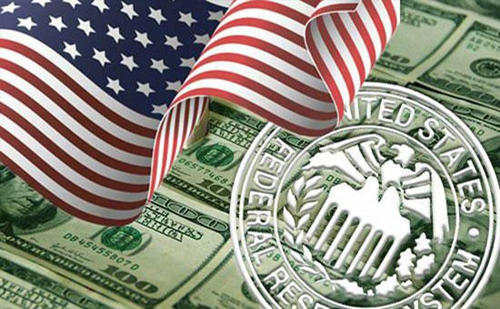
Reasons for the Shift in Fed Policy
Federal Reserve Chairman Powell signaled a rate cut in December last year, despite official forecasts indicating a potential 75 basis point decline in the federal funds rate to 4.5-4.75% by 2024. Market expectations have significantly outpaced official forecasts, with the anticipated rate cut potentially reaching 150 basis points, surpassing last year's reduction.
Economic Performance and Market Expectations
The latest data shows that the U.S. economy continues to perform strongly, particularly in terms of employment and inflation, which exceeded expectations in December. However, market predictions, such as CME's FED Watch, indicate a 70% probability of a 25 basis point rate cut in March, aligning with previous market expectations.
Factors Influencing the Magnitude of Rate Cut
Recent trends in U.S. inflation have shown a rebound in overall inflation while core inflation has remained subdued. Energy prices have stabilized and slightly rebounded amidst geopolitical instability, while core inflation has been dampened by a slowdown in overall consumer spending. Additionally, the Services Purchasing Managers' Index (PMI) unexpectedly declined to 50.6 in December, marking the lowest point in seven months, suggesting potential further contraction in the coming months.
Challenges Faced by the Fed and Possible Actions
While the urgency for a rate cut by the Federal Reserve may not be high based on the data, the U.S. currently faces a situation of reduced demand for long-term bonds, with other countries accelerating their divestment from U.S. bonds. Furthermore, the overnight repurchase agreement (repo) market has decreased from its peak of $2.4 trillion to just over $600 billion, primarily due to the Treasury's large-scale debt issuances absorbing liquidity. Based on the current rate of decline, concerns about liquidity tightening are expected to arise in the second quarter of this year. This may prompt the Fed to consider an early rate cut or a slower pace of balance sheet reduction.

In summary, it is anticipated that the Fed may not make significant changes to the current policy guidance at the February meeting, but a clear signal of a rate cut is expected in March. This may be driven not by significant weakening of the data but by preemptive rate cuts due to systemic risks.
Tuyên bố miễn trừ trách nhiệm: Nội dung trên chỉ thể hiện quan điểm của tác giả hoặc khách mời. Nó không đại diện cho bất kỳ quan điểm hoặc vị trí nào của FOLLOWME và không có nghĩa là FOLLOWME đồng ý với tuyên bố hoặc mô tả của nó, cũng không cấu thành bất kỳ lời khuyên đầu tư nào. Đối với tất cả các hành động do khách truy cập thực hiện dựa trên thông tin do cộng đồng FOLLOWME cung cấp, cộng đồng không chịu bất kỳ hình thức trách nhiệm pháp lý nào trừ khi được cam kết bằng văn bản.
Trang web cộng đồng giao dịch FOLLOWME: www.followme.asia
Ủng hộ nếu bạn thích


Tải thất bại ()